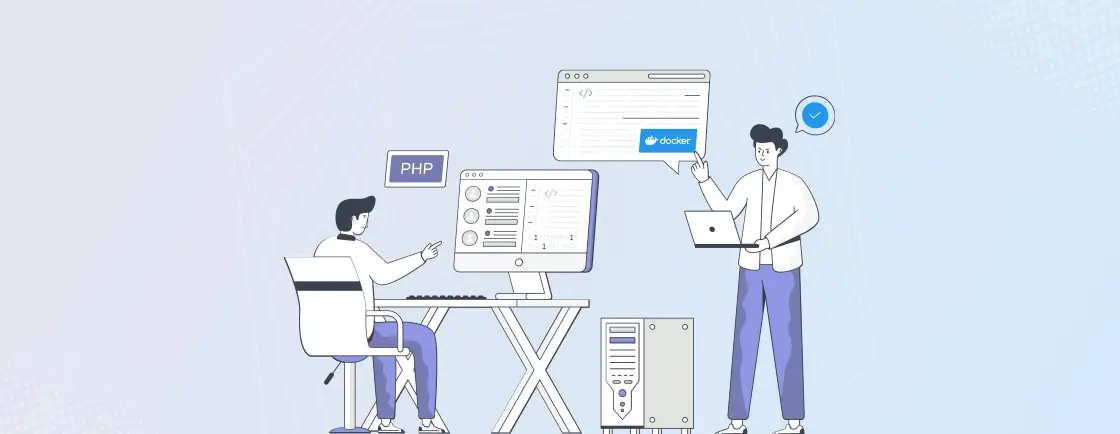Imagine a world where you can easily develop and deploy your PHP applications without worrying about compatibility issues or complex setup processes. Sounds like a dream, right? Well, with Docker, this dream can become a reality. In this article, we will dive into the world of Docker and explore how PHP developers can leverage this powerful tool to streamline their coding process.
First things first, what exactly is Docker? Docker is an open-source platform that allows developers to automate the deployment of applications inside lightweight, portable containers. These containers contain everything needed to run the application, including the code, runtime, system tools, and libraries. Docker provides a consistent environment for developers, regardless of the underlying infrastructure.
So, why should PHP developers care about Docker? Well, let me paint a picture for you. You are working on a PHP project that requires a specific version of PHP, along with many dependencies and extensions. You spend hours setting up the environment, only to realize it doesn't work on your colleague's machine because they have a different setup. Frustrating, isn't it? This is where Docker comes to the rescue.
With Docker, you can create an image containing your PHP application and all its dependencies. This image can then be shared and run on any Docker machine, ensuring consistent results across different environments. No more wasting time setting up development environments or dealing with compatibility issues. Docker takes care of all that for you.
Let's dive into the nitty-gritty of how Docker works for PHP developers. The foundation of Docker is the Dockerfile. A Dockerfile is a text file that contains a set of instructions to build a Docker image. For PHP developers, this would involve specifying the base PHP image, installing extensions and dependencies, copying the PHP files into the image, and setting the entry point. Once the Dockerfile is ready, you can use the Docker CLI to build the image.
Once you have your Docker image, it's time to run it and see the magic happen. You can run a container based on your image using the Docker CLI. This container is like a lightweight virtual machine that runs your PHP application in an isolated environment. You can specify port bindings, environment variables, and other configurations. Running multiple containers is also possible, allowing you to create complex application setups easily.
One of the biggest advantages of Docker is its ability to ensure consistency and reproducibility. Packaging your PHP application and its dependencies into a Docker image will make you confident it will run the same way on any machine running Docker. This eliminates compatibility issues and makes collaborating with other developers on the same project easier.
Another benefit of Docker is its scalability. Docker makes it easy to scale your PHP application horizontally by running multiple instances of your container across different machines. This is particularly useful when dealing with high-traffic web applications that require load balancing and failover capabilities.
In conclusion, Docker is a game-changer for PHP developers. It provides a seamless and reproducible development environment, eliminates compatibility issues, and facilitates collaboration. With Docker, you can focus on what you do best – coding – without the hassle of setting up and configuring complex development environments. So, what are you waiting for? Embrace the power of Docker and take your PHP coding skills to the next level. Happy coding!





